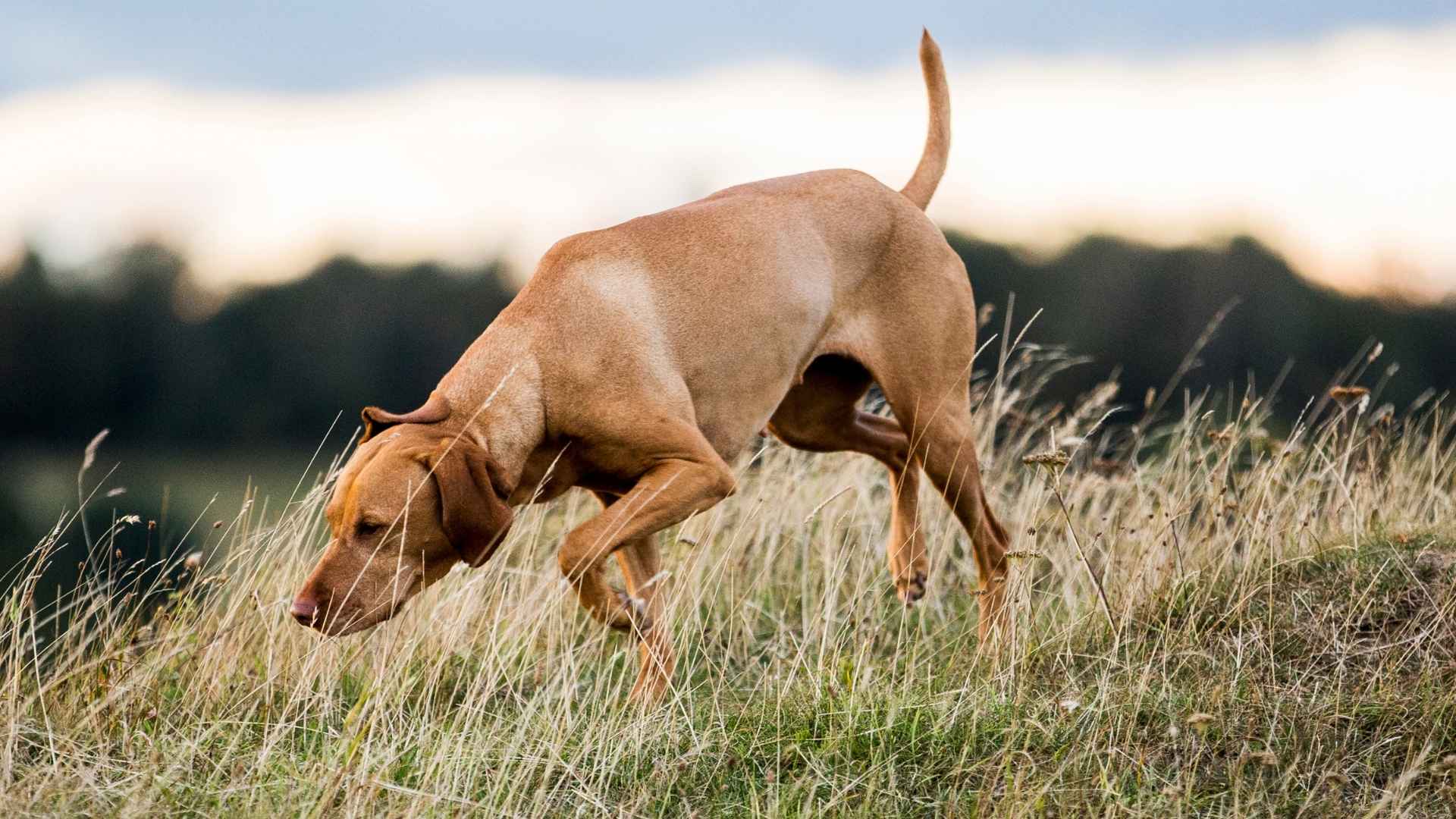Is your innocent-looking pup eyeballing the cat? You might have a high prey drive dog on your hands.
Did you just welcome a sweet, harmless-looking pup, only to find it stalking your kitten like it’s lunch? Your concern is completely valid. Some dogs see small pets not as companions, but as prey. And if your cat is hissing in fear like Pumba when Nala chased him in The Lion King, well, it’s not a Disney moment. It’s your reality. You may have unknowingly adopted a high-prey drive hunting dog.
These intelligent, energetic breeds are natural-born chasers. Without enough mental stimulation or physical activity, they’ll redirect their instincts toward anything that moves: rabbits, squirrels, cats, or even birds. Left unchecked, they can turn your calm household into a scene of chaos.
High prey drive dogs are quick to react, hardwired to track, stalk, and chase. A passing critter or a fluttering bird can trigger them in seconds. Once in hunting mode, the only thing that might stop them is a bag of high-value treats. That’s why supervision, proper training, and structured exercise are essential when living with these furry predators.
Ready to meet the top dog breeds with the strongest prey drive and learn how to manage their instincts? Let’s dive in.
Dog Breeds With High Prey Drive
1. Greyhound
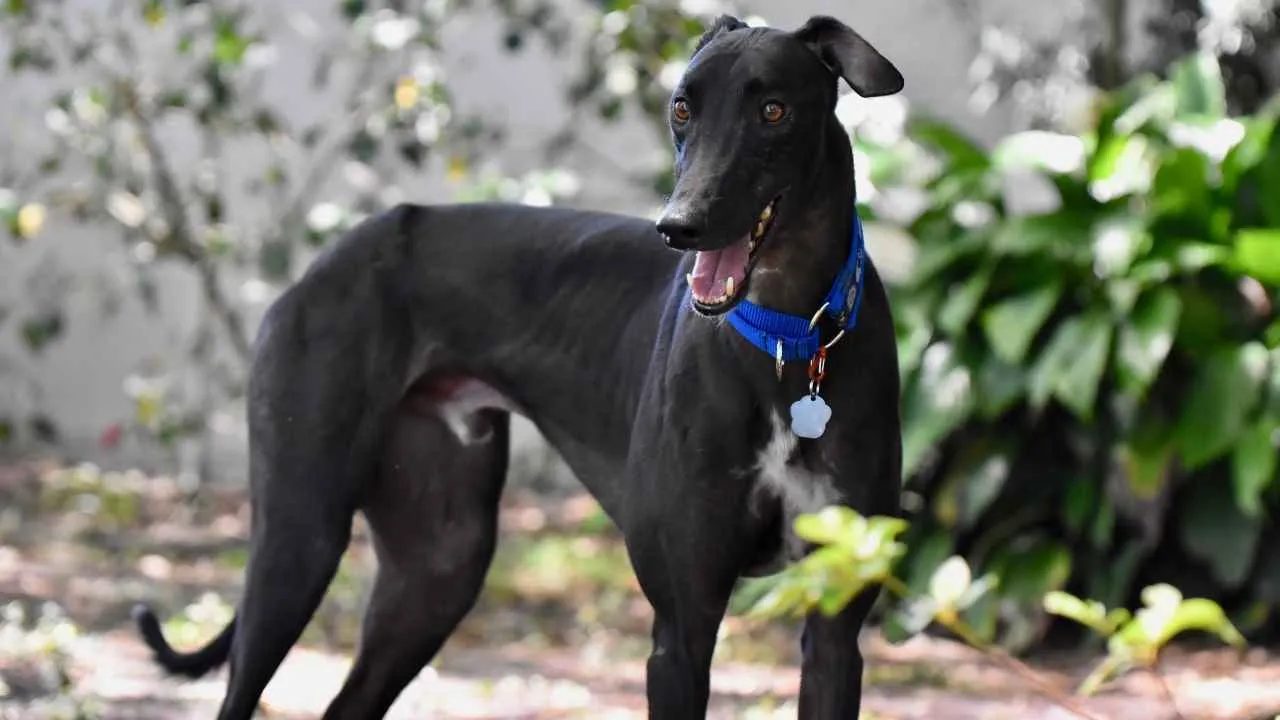
This sleek and slender lure coursing champion and Olympic sprinter of the canine world needs an artificial fast-moving object for keeping it focused on the track, or else it would lose its focus mid-course and run in the opposite direction to find an intriguing small pet to chase and hunt.
Purina explains that Greyhounds were originally bred for hunting due to their high speed and excellent sight. These sighthounds are famous for their gentle temperament and easy-going nature.
The pooches can outrun gusts of wind and will turn your backyard into a chaotic murder scene, because their motto in life translates to “if it moves, it’s mine.” These stealthy stalkers will turn your life into an action movie, but they are also one of the most entertaining, loyal, and athletic companions you’ll ever find.
You just need to ignite the creativity in your mind and redirect their hunting and chasing obsession into a game of fetch, or an exciting treasure hunt. Soon enough, your greyhound will leave a rabbit alone once you’ve nailed that “leave it” command, and you’ll be rewriting a century of evolution and earning serious bragging rights.
2. Afghan Hound
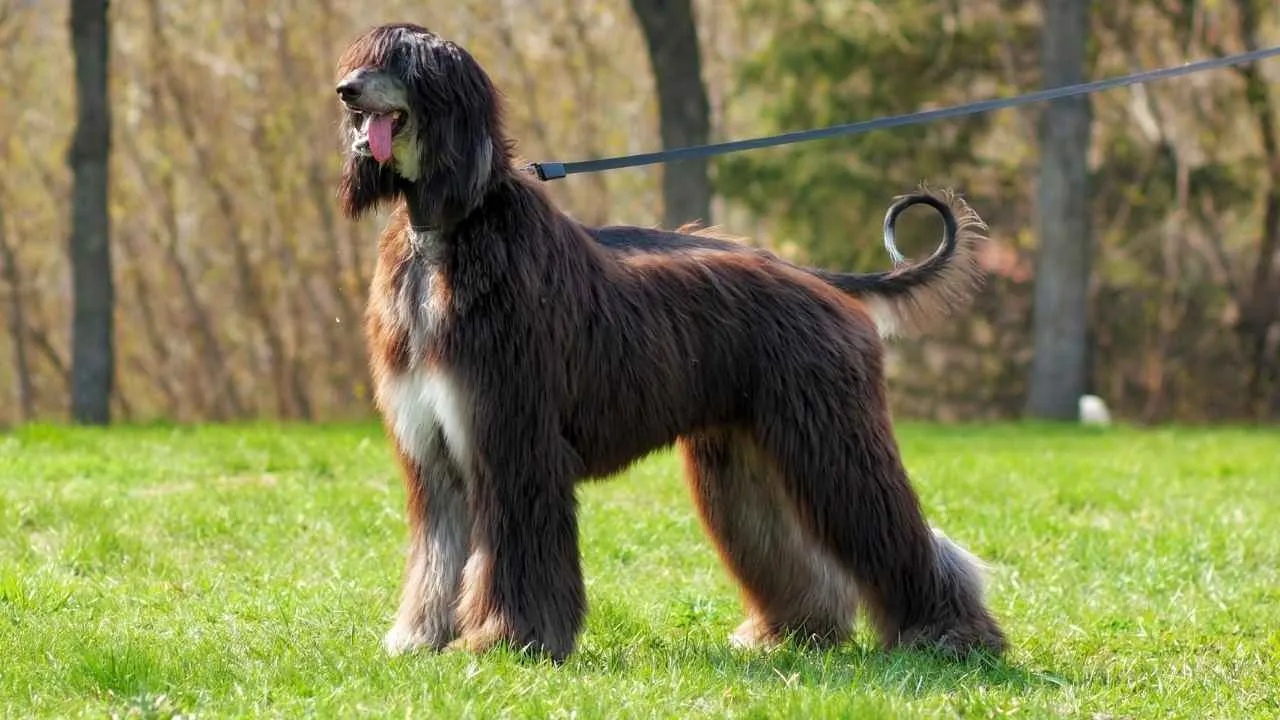
These glamorous pooches are one of the most ancient breeds to exist to this day, and maybe that is why they are so keen about hunting for survival, like their wolf ancestors. Afghan Hounds were bred for coursing and hunting, and require a constant leash to control them on walks.
But you better buy this long silky-haired pooch a lot a balls and toys to chase and chew on, or else they’ll walk in one day with blood smeared all over their muzzle and ruffled hair, and your nightmare about losing your beloved guinea pig will come true.
VCA Animal Hospitals advises that these high-prey-drive dogs need to be trained from puppyhood with patience and positive reinforcement techniques to raise them as well-behaved dogs. Early socialization and exposure can also prove to be instrumental in keeping their wild predatory instincts at bay.
3. Alaskan Malamute
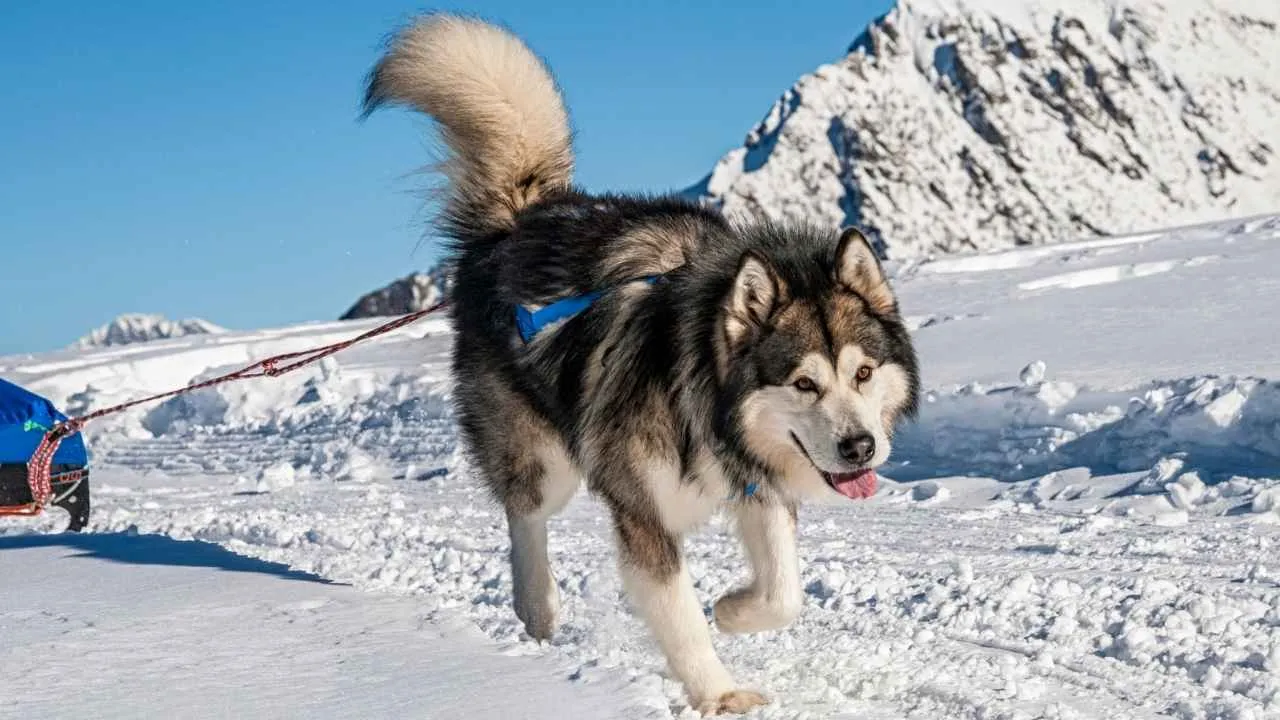
You never want to see what remains of a smaller dog or pet when the Alaskan malamute is through with it, because it is quite a horrifying crime scene inappropriate to watch for the feeble-hearted and the emotionally weak. The powerful bite of this mighty dog can exterminate smaller prey and animals in seconds, cause they don’t stand a chance against these big, fluffy dogs.
Omlet says Alaskan Malamutes were originally bred in Alaska to pull heavy sleds and need a strong leader in their household to train and discipline them. These high-energy and high-prey drive dogs need regular exercise, proper training, and socialization from the beginning of their life to control their urge to pursue innocent animals like sheep, cats, and other pets brutally.
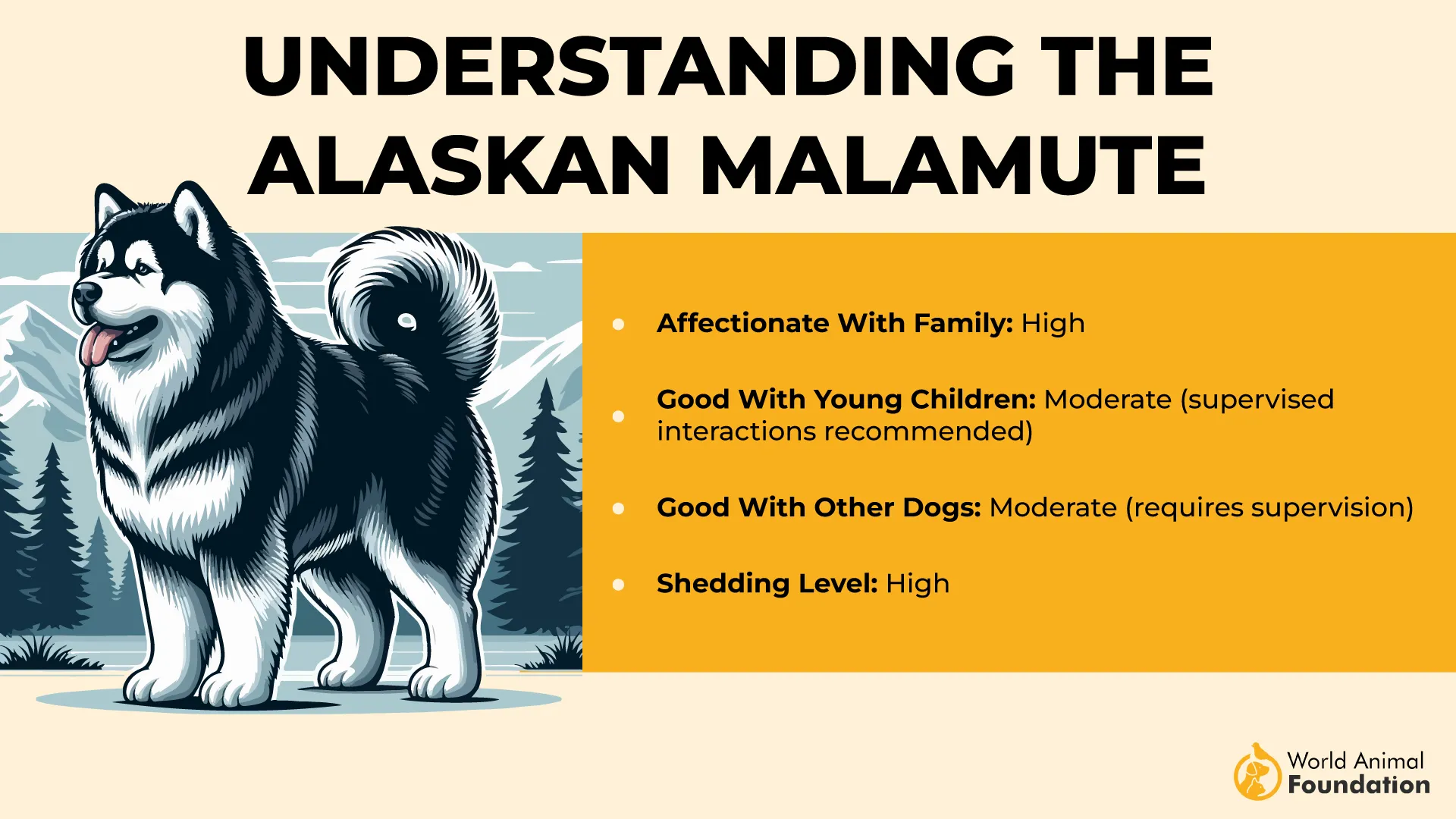
These loyal pooches should be dealt with love and patience to transform the behavior of these working dogs into well-behaved animals.
4. Jack Russell Terrier
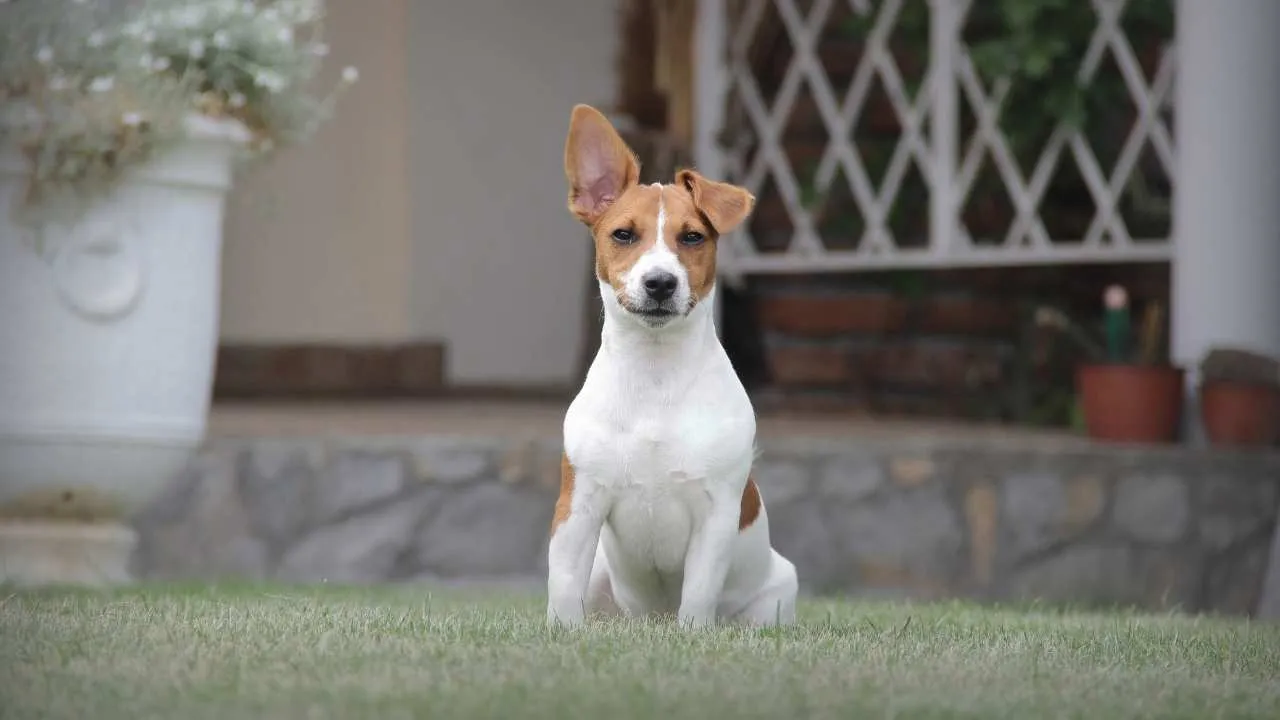
Have you ever seen a dog transform into a furry missile at the sight of an innocent bird or a squirrel? Was it a compact white pooch with black, tan, or brown patches? If your answer is yes, congratulations, you found the Jack Russell terrier that broke its leash, leaving its owner baffled and sprinted into the horizon because its inner wolf took over its usually intelligent mind.
These Jack Russell Terriers were originally bred to chase rats and hunt vermin and are not suitable for homes with small pets. Because these small pups morph into a relentless hunter with their eyes locked on a fluttering leaf or a fast-moving mouse like it’s the last snack existing on the face of the earth.
PDSA states that the Jack Russell terrier is difficult to train and walk on a leash because they transform every outdoor activity into a hunting expedition or a whole bat-shit safari. These pooches will constantly make their owners raise their hands in their air, leaving them exasperated because they are quite a trying pooch that is charming and versatile but needs a whole brigade of trainers and a village of people to raise them into respectable and loving dogs.
If you are a novice pet parent, drop the idea of adopting this highly energetic pooch brimming with personality like a hot pancake.
5. Whippet
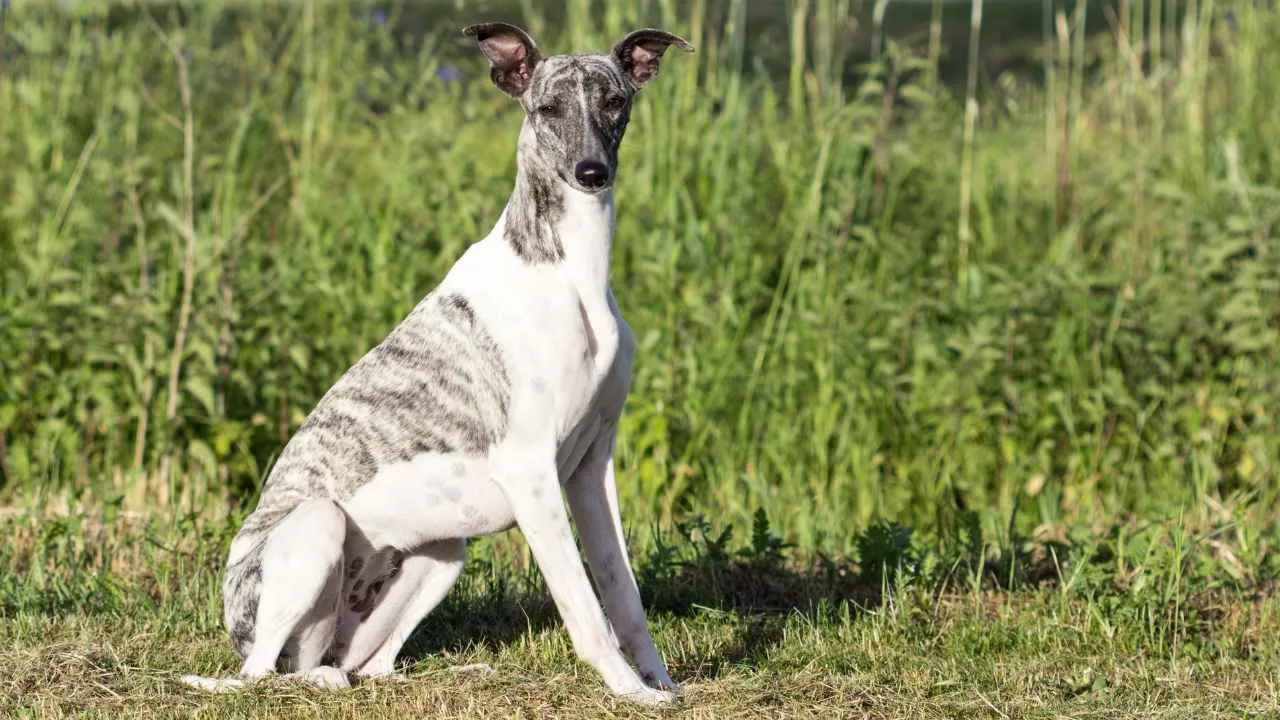
You’re thinking of adopting a whippet? Hold on tight because you’re in for a woozy rollercoaster ride. This poor man’s racing horse will make you rethink your life choices.
Orvis says these long-legged cunning pooches will destroy your furniture, chew on your pillows and bed linen, and tear apart your children’s toys if you leave this puppy alone because these whippets cannot tolerate long distances and less interaction from their owners (when they said they want you present, they seriously meant that).
The Whippets are athletic dogs that require a yard with a proper electric and secure dog fence to keep them safe when they run off into the horizon.
Yes, these pooches need time off leash to satiate their inner wolf, but are also great loving companions for the family when they are properly trained and socialized well.
This gazing hound needs a lot of space and open fields to run and exercise. If you have a dog park nearby, that’s great, but if not, then it’s better to avoid adopting this slim puppy.
6. Rhodesian Ridgeback
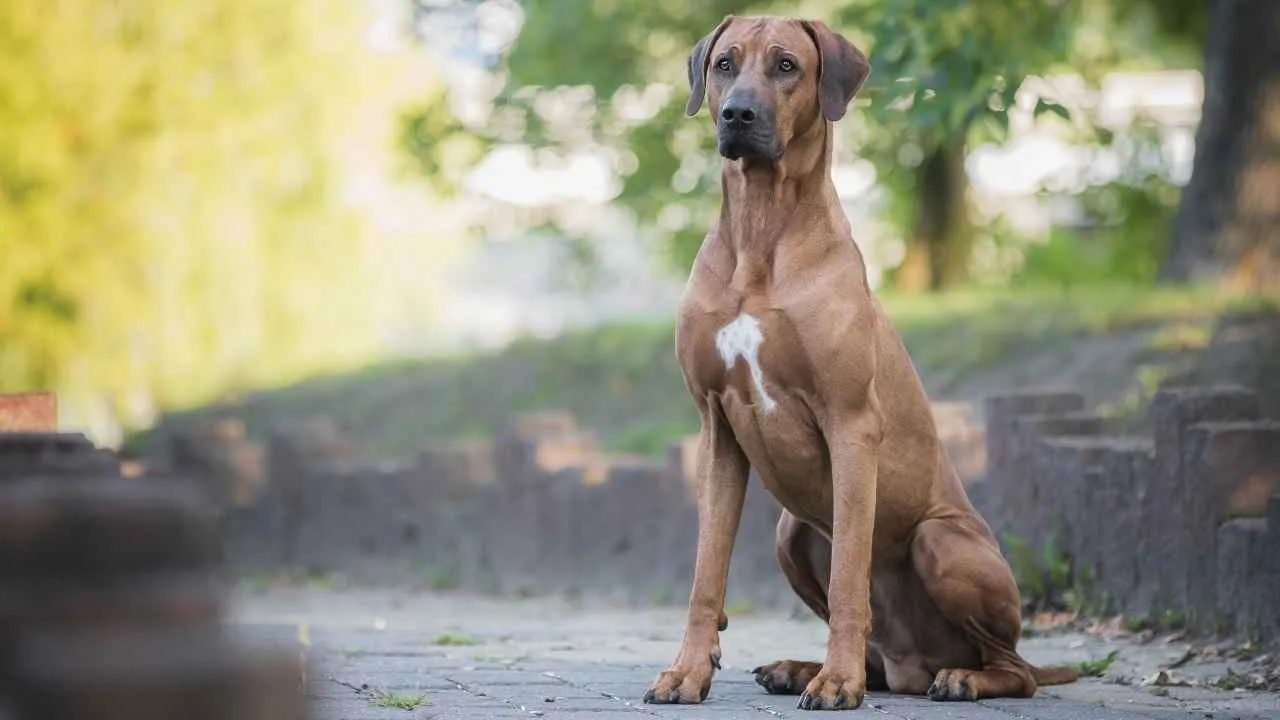
The Rhodesian Ridgeback, or the African lion hound, is a large, tough, and sturdy pooch that was bred to track and hunt wild animals, such as lions. These athletic and muscular dogs are known for tracking and hunting lions in the challenging terrain of the African Savannah, and are undoubtedly high prey drive dogs that are known for stalking and staring at other animals and small creatures vehemently.
Like many dogs with a high prey drive, these sturdy yet soft-hearted pooches also require early exposure and socialization along with intense training from puppyhood. It is essential for managing the wild instincts of this pup. These pooches are great at guarding and protecting against wild predators because of their unique history, but can be challenging to own for newbie pet parents.
PetMD says these pooches are highly devoted and affectionate toward family members and also have a strong protective instinct, but these smooth-coated breeds should be kept on leash to avoid fatal incidents caused due to this dog’s prey drive.
These semi-wild dogs are the descendants of the Khoi Khoi dog and can easily beat other dogs in the hunting game, and are also one of the three rare breeds that exist in the world today.
They need dedicated caretakers who can work with their primal instincts rather than against them. Make sure your Rhodesian Ridgeback gets ample exercise and training each day to keep it happy and healthy.
7. Samoyed
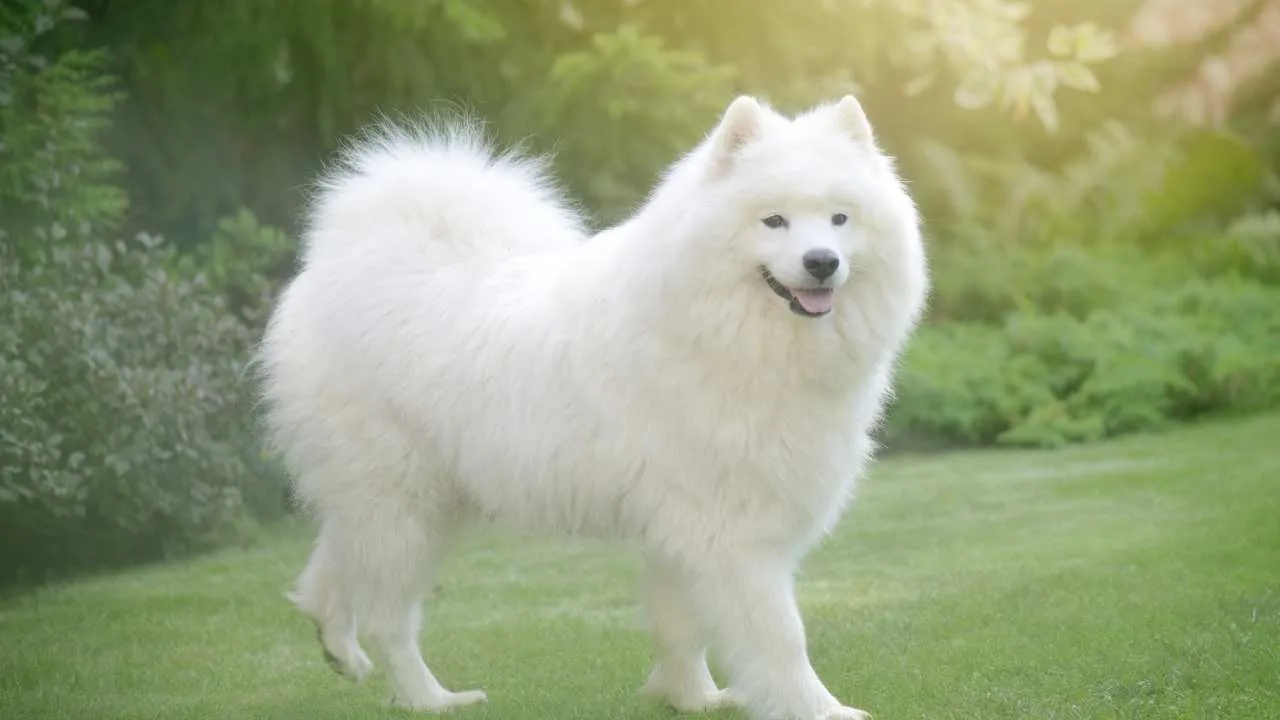
A combination of muscular build, deep soulful and big dark eyes, and a curled fluffy tail, who wouldn’t want a beautiful stark white Samoyed that reminds us of Jon Snow’s dire wolf ghost as a house pet? Because honestly, these spirited and perky cuties are striking spitz dogs and medium-sized working pooches that were once valued by the Samoyed People of Northwestern Siberia.
Samoyeds are social dogs that were developed to hunt, pull sleds, transport goods, and herd reindeer in the extreme cold temperatures of the Arctic Circle. These fluffy pooches also warmed their owners at night by sleeping on top of them, providing comfort and protection against freezing temperatures.
The Samoyed is an extremely affectionate and good-natured pup, but has retained its wild wolf-like instincts. They are loud barkers and strong-willed dogs that require firm training from a young age.
This intelligent breed might need a lot of grooming, but is easy to train with a bit of bribing with treats and positive reinforcement techniques. If you have a multi-pet household, it is important to introduce dogs with high prey drives like the Samoyed to small animals slowly to prevent aggression or fatal incidents.
According to the AKC, the sammies have a lot of energy and are known for getting distracted by fast-moving objects and small animals, but with a little creativity, you can easily transform their primal urges into a strong, loving bond that’s one part adventure, one part come, and completely unforgettable.
Conclusion
These mini vampires and blood sucking monsters have the drive to hunt and prey deep in their genes and their prey drive generally manifests itself in different ways within different breeds. Whether you have a house in the woods or the suburbs of the city, these pooches find their way back to their wild nature even in their sleep.
Their behavior can only be subdued with heavy-duty jobs like police work and guarding. Try to find unique outlets for these saber-toothed minions who love to bite as a fun sport. Teach care and kindness to these ruffled-haired, fluffy pooches who like to play with their dinner like Scar from Disney’s “The Lion King”. Moreover, supervise these dogs when they interact with your children. If you see a furry fella snatch or bite, make sure to consult with a dog therapist or behavior specialist to learn tricks to control these hunting dogs.
Statistics show Breeds with high prey drive are often involved in activities such as herding, hunting, or pest control. Moreover, young dogs often display higher levels of prey drive than older dogs due to their natural instincts and high energy levels. But most dogs with high prey drives can live with cats pr small animals if introduced gradually and properly from a young age.


